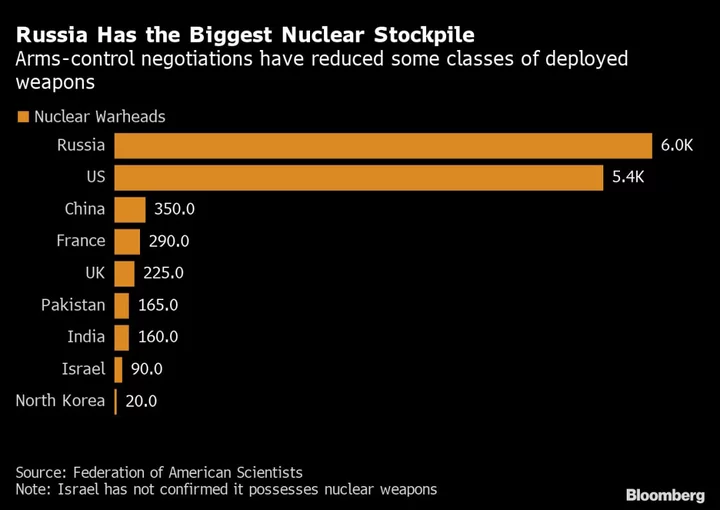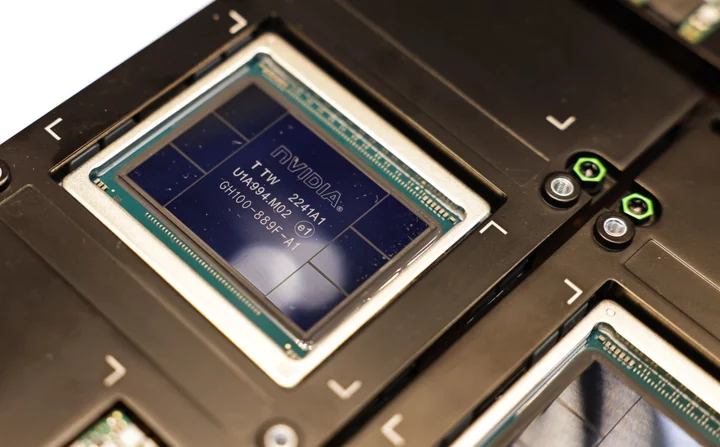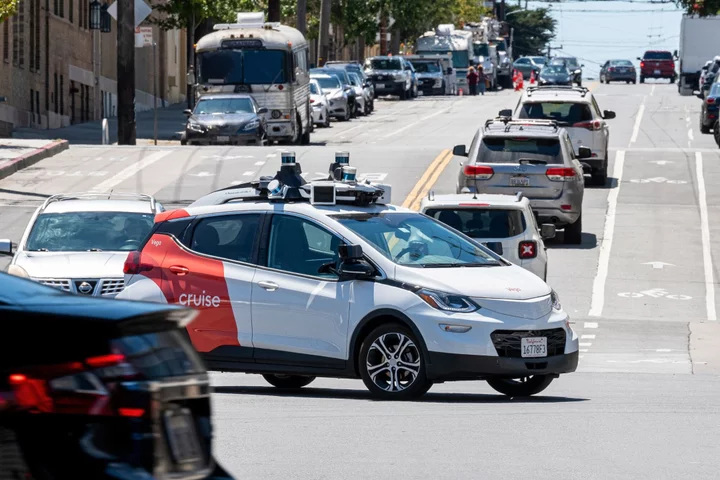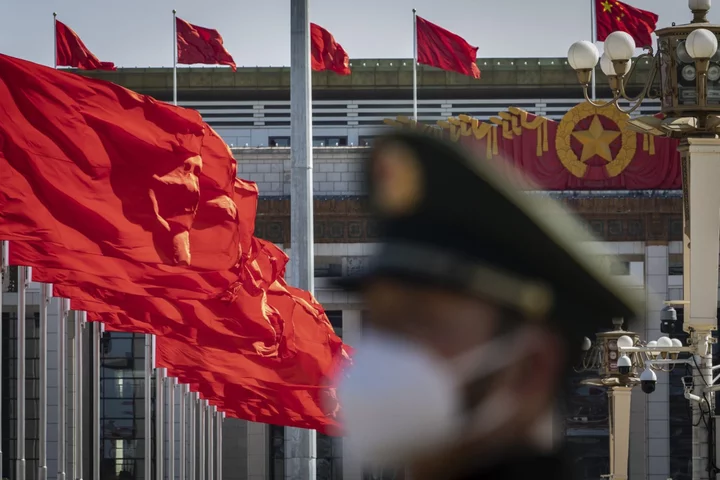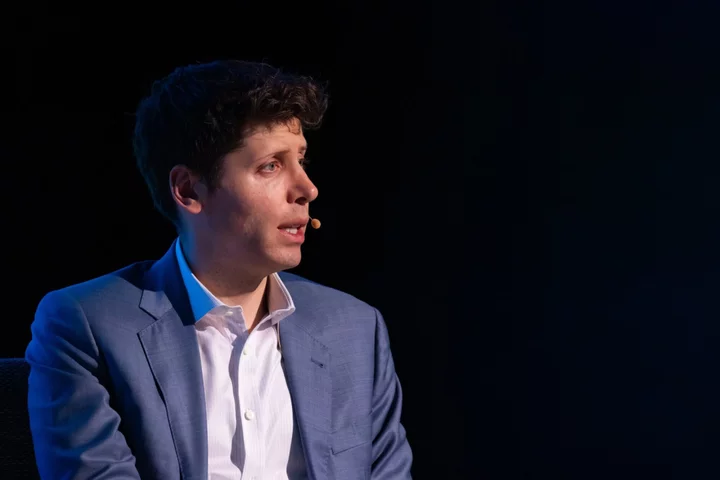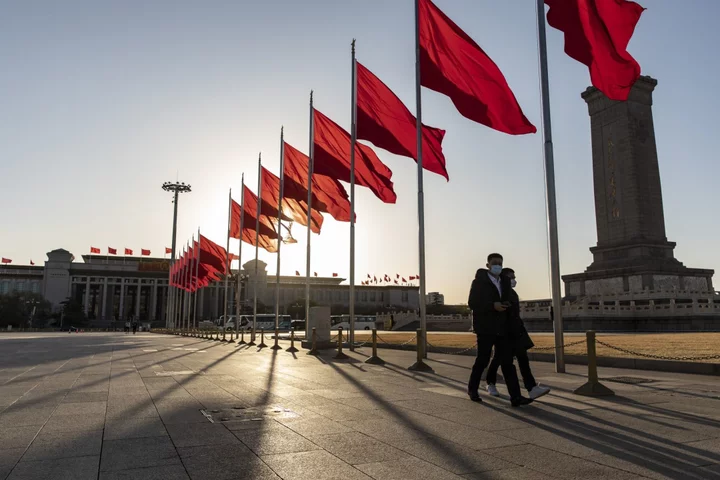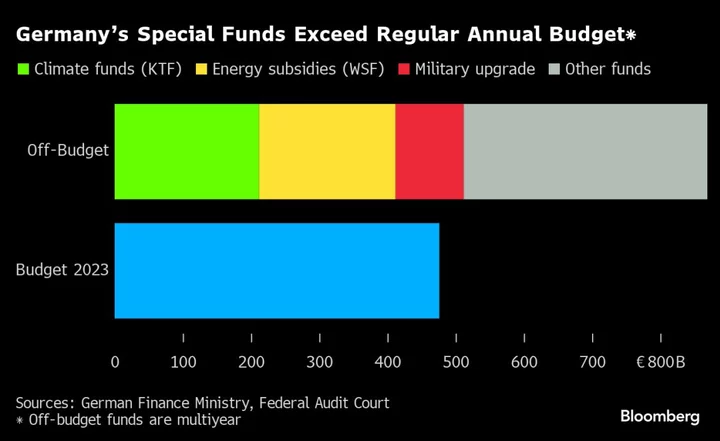The US conducted a high-explosive experiment at a nuclear test site in Nevada just hours after Russia revoked a ban on atomic-weapons testing, prompting concerns of a new arms race between the world’s top nuclear powers.
The Energy Department, which oversees the US stockpile of more than 5,000 nuclear weapons, said Wednesday’s test in southern Nevada used chemicals and radioisotopes to “validate new predictive explosion models” that can help it to detect atomic blasts in other countries.
While the test is legal, the timing was notable: It came shortly after Russia announced it would no longer adhere to the Comprehensive Test Ban Treaty, which bans nuclear explosions. The treaty has never entered legal force even though Russia and the US have both observed its norms since the end of the Cold War.
US officials say more transparency is needed because while the countries don’t test warheads, they do conduct so-called sub-critical experiments — explosions that verify weapon designs without the amount of atomic material needed to sustain a chain reaction. Those smaller explosions can still be picked up by sensitive seismic stations and raise suspicion between rivals.
“Given that Russia is accusing the US of making preparations for noncompliant nuclear test explosions and that the US has accused Russia of being in noncompliance, both should engage in discussions that enable confidence building measures,” said Daryl Kimball, executive director of the Arms Control Association.
Analysts fret that actions like this week’s test by the National Nuclear Security Administration could be misinterpreted and lead to further escalation, especially given the deep animosity between the US and Russia that’s been exacerbated by the war in Ukraine.
“Over the next few days the Kremlin may say the Americans are doing tests and we have no way of verifying these tests aren’t nuclear,” said Pavel Podvig, who tracks Russian nuclear forces for the United Nations Institute for Disarmament Research in Geneva. “That would be another step.”
The deputy speaker of Russia’s upper house of parliament, Konstantin Kosachyov, said Friday there should be an international legal assessment of whether this week’s Nevada explosion crossed nuclear-test thresholds, Interfax reported. “We do not know what exactly the Americans have blown up underground,” he said.
One option would be to let independent observers collect data from facilities where and when sub-critical nuclear tests occur, said Kimball and Podvig. Inspectors from the Vienna-based Test Ban Treaty Organization would be a natural choice but are currently limited in their ability to do so.
Russia’s abrogation of the nuclear agreement is “very disappointing and deeply regrettable,” Robert Floyd, executive secretary of the treaty organization, said in a statement. It’s “more important now than ever” to prevent a resumption of testing.
While the “treaty envisages various confidence-building measures” once it’s in force, the organization is still “working toward their development,” Floyd wrote in an emailed reply to questions.
Dwindling arms control agreements and weak international control means it could increasingly fall on individual countries to voluntarily defuse tensions and show they’re exercising restraint.
Read more: Why US-Russia ‘New START’ Nuclear Treaty Is in Peril: QuickTake
While the US will try to reduce risks with Russia “when and where possible,” the country also needs to prepare for a future “when formal arms control treaties are difficult to achieve or absent,” read a high-level congressional report on America’s Strategic Posture published last week.
(Updates with Russian reaction in the eighth paragraph.)

